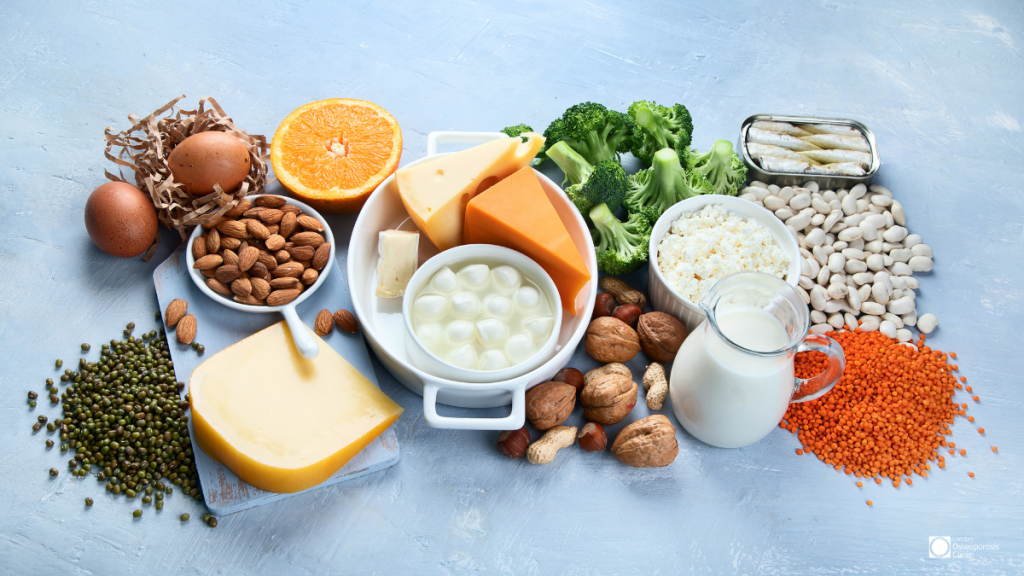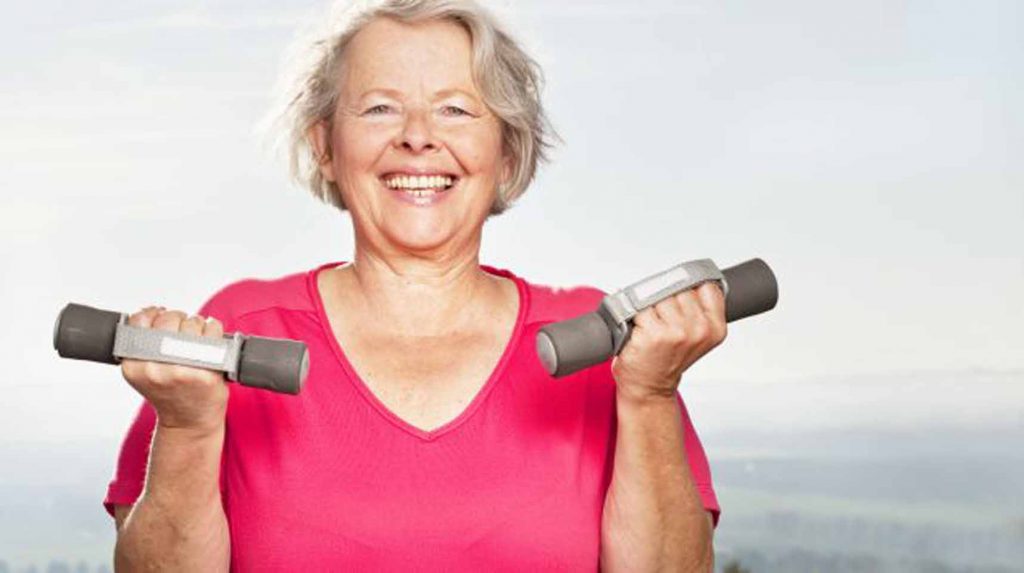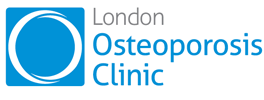Introduction
Imagine your bones not as static, unchanging structures, but as a living, dynamic tissue, constantly rebuilding and renewing itself. Now, consider the small, everyday choices that either help or hinder this vital process. For many, the true state of their bone health remains a mystery, leading a quiet existence until a sudden, unexpected fracture brings it to light. But what if you could take control and proactively build a strong skeletal foundation, a framework for a vibrant life?
At the London Osteoporosis Clinic, we believe that osteoporosis prevention begins with awareness and action, long before a diagnosis. This article will guide you through simple yet powerful lifestyle changes—from your plate to your daily routine—that are scientifically proven to support bone density and help you build what we call “bulletproof bones.” We’ll delve into the specific habits that will keep your bones strong and resilient, helping you live a life of mobility and confidence for years to come.
The Foundations of Bone Health: A Deeper Look at Why Your Daily Choices Matter
The health of your bones is a direct reflection of your daily habits. Bone is a living tissue that undergoes a constant cycle of renewal, a process known as remodelling. Throughout your life, old bone is broken down by cells called osteoclasts, and new bone is built by osteoblasts. When this delicate balance is disrupted, bone loss accelerates, leading to conditions like osteoporosis. This is a progressive condition that causes bones to become thin and fragile, significantly increasing the risk of painful and life-altering fractures.
The good news is that you have a significant degree of control over this process. Your diet provides the essential raw materials, and physical activity provides the stimulus for bones to grow stronger. By focusing on simple, consistent habits, you can encourage your body to build a more robust skeletal structure and significantly reduce your risk of fractures. The philosophy at the London Osteoporosis Clinic is to empower our patients with the knowledge and tools to make these small, powerful changes that lead to lifelong bone health. We look at the complete picture of your health, understanding that a strong skeleton is built through a holistic, proactive approach.
Core Strategies for Stronger Bones
1. Nutrition: Fueling Your Skeleton from Within
Building a strong skeleton requires more than just calcium and vitamin D. While these two are foundational, a complete bone-friendly diet includes a variety of other essential nutrients, all of which work in concert to support bone remodelling and density.
1.1 Calcium: The Primary Building Block
Calcium is the mineral that gives your bones their strength and structure. Without a sufficient supply, your body will pull calcium from your bones to support other vital functions, like nerve and muscle function, which can weaken your skeleton over time. While dairy products like milk, cheese, and yogurt are well-known sources, they are not the only ones. Excellent non-dairy sources include leafy green vegetables such as kale and broccoli, fortified plant-based milks and juices, almonds, tofu, and sardines. A balanced intake throughout the day is key.
1.2 Vitamin D: The Gatekeeper
Think of vitamin D as the absorption manager. It is absolutely crucial because it helps your body absorb the calcium you consume from your food. Without enough vitamin D, even a diet rich in calcium won’t be enough to strengthen your bones. The primary source of vitamin D is sunlight, which triggers its synthesis in the skin. However, dietary sources like oily fish (salmon, mackerel), egg yolks, and fortified cereals are also important, particularly during the colder months when sun exposure is limited. Ensuring you have adequate vitamin D levels is one of the single most impactful things you can do for your bone health.
1.3 Magnesium: The Hidden Supporter
Magnesium is a vital mineral that is involved in over 300 biochemical reactions in the body, and its role in bone health is often underestimated. It plays a crucial part in converting vitamin D into its active form, which is necessary for calcium absorption. Magnesium also contributes directly to bone density and structure. You can find this essential mineral in nuts (especially almonds and cashews), seeds (pumpkin and chia), whole grains, and leafy greens.
1.4 Vitamin K: Directing Traffic
Vitamin K is often overshadowed, but it plays a vital role in bone metabolism. It helps direct calcium to your bones, ensuring it is deposited where it needs to be, and away from your arteries and soft tissues where it could be harmful. Leafy greens like spinach, kale, and collard greens are excellent sources of vitamin K.
1.5 Protein: A Structural Necessity
Protein makes up about 50% of your bone’s volume and about one-third of its mass. It is the structural matrix on which calcium and other minerals are deposited. Adequate protein intake is essential for maintaining muscle mass and bone strength. Lean meats, eggs, fish, dairy, and legumes are all excellent sources of dietary protein.

2. Exercise: The Key to Bone Density
Your bones are living tissues that respond to stress by growing stronger. This is why physical activity is one of the most effective and proactive ways to prevent osteoporosis. The right kind of exercise sends a clear message to your osteoblasts to get to work.
- Weight-Bearing Exercise: These activities force you to work against gravity and are crucial for building bone mass. As you move, your bones and muscles pull against each other, stimulating bone formation. Examples include:
- Walking
- Jogging or running
- Hiking
- Dancing
- Stair climbing
- Muscle-Strengthening Exercise: These activities build muscle mass, which in turn places stress on the attached bones, encouraging them to grow stronger. Strong muscles also help improve balance and stability. Examples include:
- Lifting weights or using weight machines
- Using resistance bands
- Bodyweight exercises like squats, push-ups, and lunges
- Combining Both: The most effective approach is to combine both types of exercise. Aim for at least 30 minutes of weight-bearing exercise most days of the week, and muscle-strengthening exercises at least twice a week.
3. Fall Prevention: Protecting Your Bones
Even with strong bones, a fall can cause a fracture. Fall prevention is a critical component of fracture prevention, especially for older adults. Simple changes can make a big difference.
- Home Safety Checklist:
- Remove clutter and tripping hazards like rugs.
- Ensure all rooms and staircases are well-lit.
- Install grab bars in bathrooms and staircases.
- Use non-slip mats in showers and on slippery floors.
- Balance and Flexibility: Poor balance is a major risk factor for falls. Incorporate exercises that improve balance and flexibility into your routine. This can include tai chi, yoga, or simple balance exercises like standing on one leg.

4. The Hidden Risks: How Habits Can Harm
Some everyday habits can silently steal bone mass, undoing all your hard work. Understanding these risks is the first step toward mitigation.
- Smoking: Tobacco smoke has a direct toxic effect on osteoblasts, the cells that build bone. It also inhibits calcium absorption and can lead to earlier menopause in women, further accelerating bone loss.
- Excessive Alcohol: Heavy alcohol consumption can disrupt the bone-remodelling cycle and is linked to lower bone density. It also increases the risk of falls due to impaired balance and coordination.
- High Sodium Intake: A diet high in salt can increase calcium excretion through the kidneys, leading to bone loss over time. Be mindful of processed foods, which are often high in hidden sodium.
Conclusion: Taking Control of Your Bone Health
Building “bulletproof bones” is, in essence, a lifelong journey rather than a single destination. Ultimately, it’s about making consistent, positive choices every day that will pay dividends for years to come.
By focusing on a bone-friendly diet, engaging in regular physical activity, prioritizing fall prevention, and becoming mindful of hidden risks, you can, therefore, significantly reduce your risk of osteoporosis and fractures. The message is clear: don’t wait for a diagnosis to take action. Instead, take control of your bone health today and enjoy the confidence that comes with a strong and resilient body.
Furthermore, if you are concerned about your bone health or would like a personalised assessment, the experts at the London Osteoporosis Clinic are here to help. To that end, we can provide a comprehensive review of your bone density and create a tailored plan just for you.
Schedule your bone health consultation today.
Contact Information:
Phone: +44 (0)20 7193 7867
Email: [email protected]
Address: London Osteoporosis Clinic, HCA the Shard, 32 St Thomas Street, London SE1 9BS


